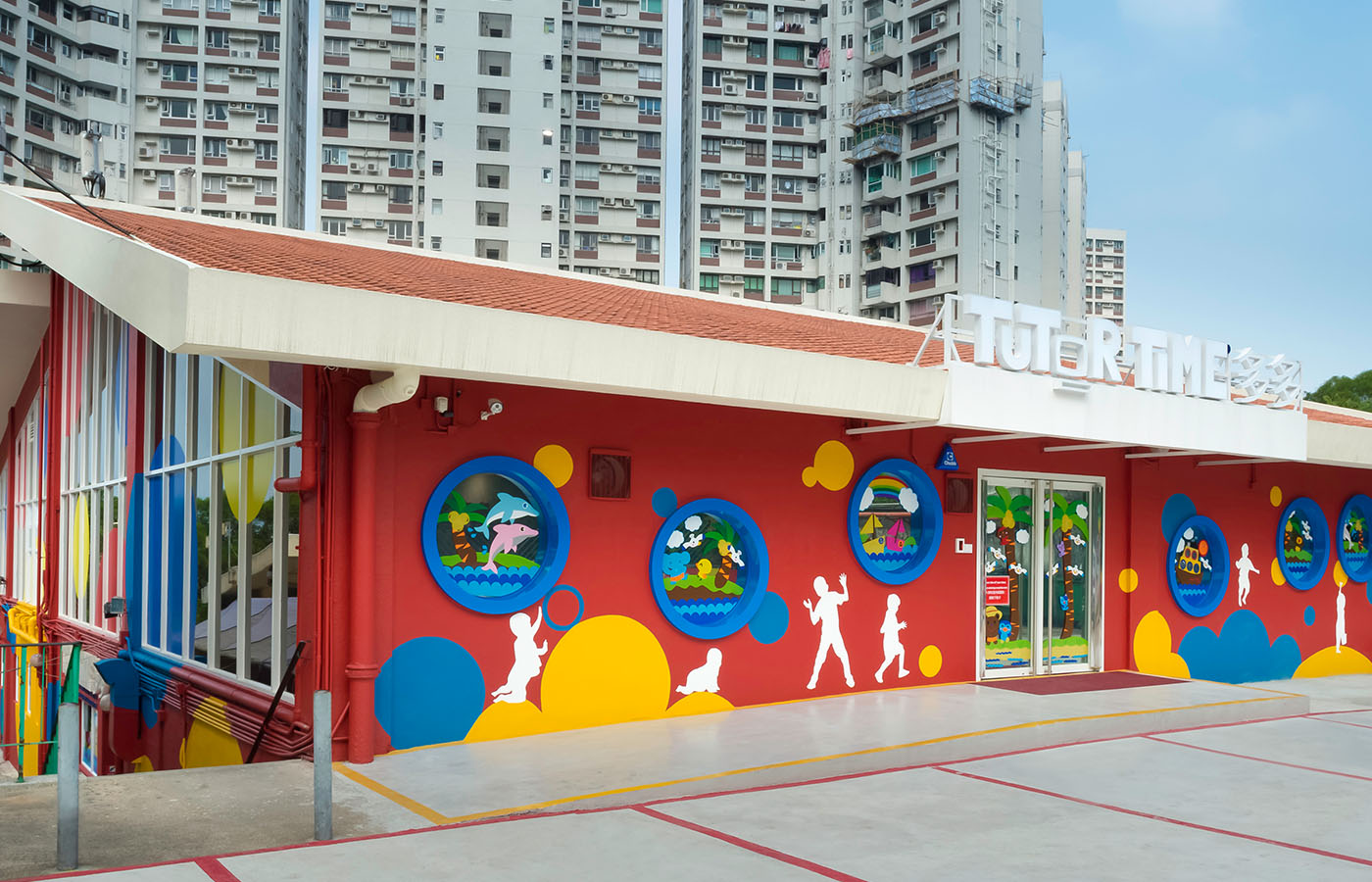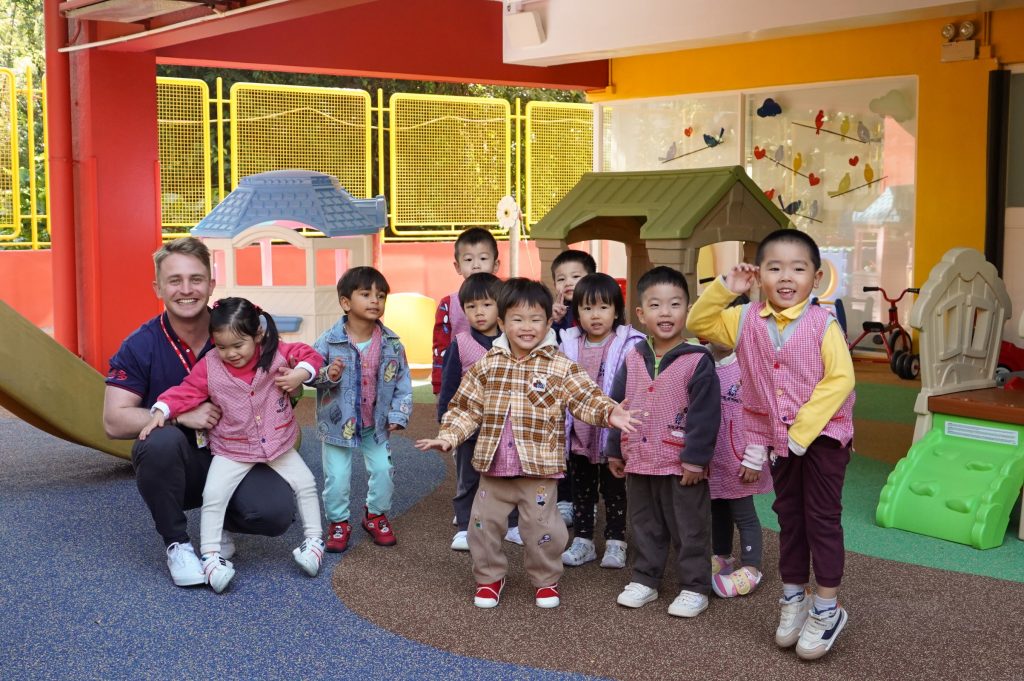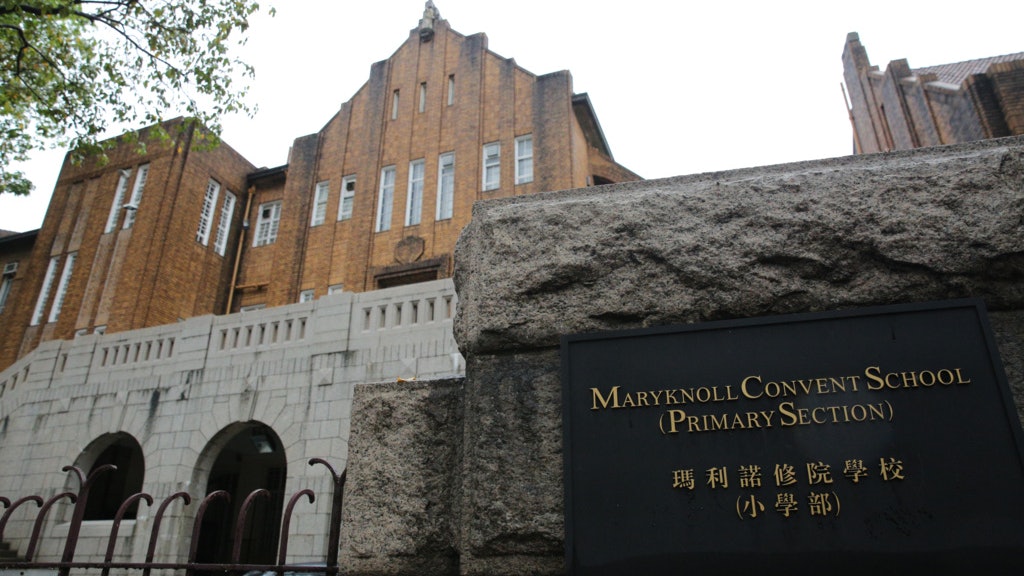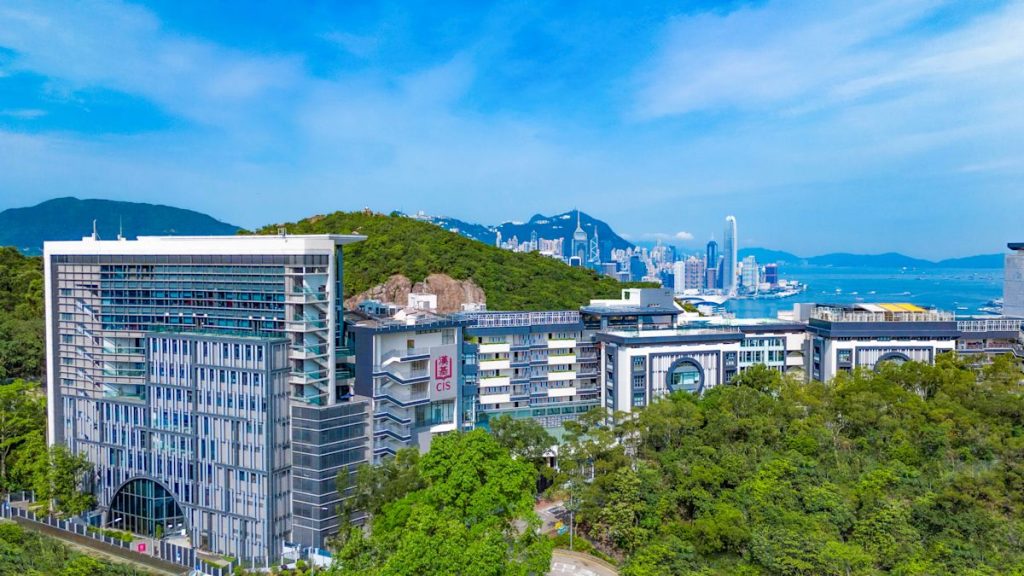Hong Kong’s education system is renowned for its competitive local and international school sectors. It offers a wide range of school choices including local and international curricula, such as curriculum from the United Kingdom, the United States, Australia, and more. In order to find the right fit for your child, it is crucial to understand the overall education system, and the distinctions between different types of schools. This article will take you through everything you need to know, from early childhood education to tertiary education, as well as the difference between local and international school systems.
An overview of the education system
Hong Kong’s education system consists of three main components: Primary, Secondary, and Tertiary. According to the Education Bureau of Hong Kong, formal education is compulsory at 6 years old, from Primary to Secondary education. These 12 years of schooling will be provided for all children by the government through public sector schools, but there are private school options as well. Although not compulsory, early childhood education (below 6 years old) and Tertiary education (after Secondary) are both still recommended.
Below is a table with a rough overview of how long each key stage lasts (although these may vary between schools).
| Education | Level | Duration (years) | Ages |
| Preschool / Early Childhood Education | Playgroup | 1 to 2 | 0 to 2 |
| Nursery | 1 | 2 to 3 | |
| Kindergarten | 3 | 3 to 6 | |
| Primary | Primary | 6 | 6 to 12 |
| Secondary | Secondary | 6 | 12 to 18 |
| Tertiary | Bachelor | 4 | 18 to 22 |
| Master | 1 to 2 | 22+ | |
| Doctorate | 3+ | 22+ |
*Legally required in bold
Early Childhood Education
Early childhood education is the period of education recommended for children from birth to 6 years old. Though not compulsory, the importance of early childhood education has been well-documented, especially since young children’s brains are much more receptive to change during this period. In Hong Kong, it is very common for children to attend some form of early childhood education or pre-primary education.
Playgroup – 6 months to 2 years old
The first stage is often called Playgroup (or Activity Group) starting from 6 months up to 2 years old. Playgroup is an accompanied program where children have some structured learning activities and free play. Playgroup is a popular starting point for many parents as it helps prepare their children for the next stage of learning.
Nursery or Pre-nursery – 2 to 3 years old
The next stage, Nursery, Pre-nursery or PN is for children between 2 to 3 years old. Nursery programs are unaccompanied, and act as an intermediate stage to help children transition from accompanied Playgroup classes to unaccompanied Kindergarten ones. This step is incredibly important for helping children overcome separation anxiety and develop independence. It also prepares children for the more rigorous nature of Kindergarten.
Kindergarten – 3 to 6 years old
The final stage before primary school is Kindergarten, aimed at children aged between 3 to 6 years old. It consists of three years: Kindergarten 1, 2 and 3. At the end of their pre-primary education journey, children will be able to read, write and speak in the languages most commonly used at home and in school.
Due to the nature and young age of children attending pre-primary education, there are usually no entrance examinations. However, since early childhood education is not legally compulsory, all preschools are run privately and have their own discretionary admissions criteria. This ranges from simple application forms to more structured interview processes.
Primary Education
Primary schooling starts around 6 years old and lasts for 6 years. Although most schools operate for the whole day, other niche modes of operation such as AM programs and PM programs also exist. What primary school your child attends often influences the secondary school they will go to as well — accounting for a large chunk of their adolescent years — so it’s important to choose the best fit for your child.
There are two sectors when it comes to primary schools — the public sector and private sector. Public sector schools traditionally use Chinese (Cantonese) as its main medium of instruction and covers a wide range of subjects including Chinese, English, Maths, Music, Art, Social Studies and Physical Education. The average class size for these schools is around 30 to 35 students.
Read more: Public vs Private schools in Hong Kong
The Primary One Admission System (POAS) has two stages: Discretionary Places Admissions and Central Allocation. Discretionary Place Admissions are catered towards parents who have a particular school they want their child to attend in mind, and Central Allocation is for those who don’t. Eligibility for applying under the POAS varies from year to year. Central Allocations uses a concept of “school nets”, assigning the child to a school in their vicinity, reducing the need for long commutes.
Other schools, such as private or international schools, have their own admission processes. Be sure to thoroughly read through each school’s individual requirements.
Read more: A guide to the Primary One Admission System
Secondary Education
Secondary schooling starts at around 12 years old and lasts for 6 years: 3 years of middle school and 3 years of high school.
There are 3 main types of local secondary schools: government schools which are operated by the government, aided schools which are fully subsidised by the government, and private schools which receive some aid from the government.
Students will have more subject options and more freedom in terms of electives in Secondary school. The previously generalised “Science” is often split into Physics, Chemistry and Biology, and new subjects such as Economics or Geography may be offered as electives depending on the school your child attends.
Eligible students studying in local primary schools will be allocated a government or aided school via the Secondary School Places Allocation System. Like the POAS, the system consists of the same two stages: Discretionary Places and Central Allocation. At the end of their Secondary Education, all students are required to take one public examination – the Hong Kong Diploma of Secondary Education (HKDSE) Examination.
Conversely, there are also international schools which offer non-local curriculums without having to take the HKDSE Examination. Their admission processes also vary from school to school.
Tertiary Education
Hong Kong is home to 22 degree-awarding institutions, 9 of which are publicly funded. Amongst them is the University of Hong Kong, regarded as one of the most prestigious universities in all of Asia, having ranked 17th worldwide in QS World University Rankings 2025. Competition for a place at these institutions are relatively high, with some universities having high minimum score requirements.
At present, there are 2 main pathways for students after Secondary Education. They can either pursue a bachelor’s degree after completing the HKDSE, or study sub-degree programmes which offer pathways into a bachelor’s degree program. Schooling to obtain a Bachelor’s degree usually lasts for 4 years, while a Master’s degree lasts 1 to 2 years. A Doctorate degree is usually 3 to 4 years, but can be longer depending on the specific degree.
Each institute has its own admissions process with varying fees and minimum scores needed, so be sure to thoroughly read through each institute’s individual requirements.
International schools
An alternative to local schools is international schools. International schools are completely separate from the government, allowing them to operate outside of the curriculum prescribed by Hong Kong’s Education Bureau and giving them full autonomy over what curriculum they choose to use. Instead of the HKDSE, international schools in Hong Kong usually follow international curricula such as the International Baccalaureate (IB), British, or American educational systems.
Some international schools also have different year systems. For example, Secondary Education in local schools may last 6 years from Secondary 1-6, while it may last for 7 years from Year 7-13 in international schools, such as the Chinese International School. In terms of admissions, international schools usually require students to take an entrance exam after receiving the student’s application, but each school’s admissions process is different.
Whereas local schools generally operate with a rote-learning, lectured-based approach, international schools may encourage group discussions and adopt a project-based learning style instead. Their lessons are also mostly conducted in English, which may affect students’ language development. International schools also have a more diverse student body, resulting in a tendency to lean towards western culture. International schools also generally have smaller class sizes, leading to a more personalised learning experience.
However, the biggest factor when it comes to choosing between local and international schools lies in tuition fees. Public schools offer free or nominal tuition, while most international schools have fairly expensive tuition fees on top of debentures or capital levies. Some international schools are also located far from the city centre. When considering international primary and secondary schools, be sure to look at each school’s tuition fees and location.
Conclusion
Having a better grasp of Hong Kong’s education system is crucial for deciding when to start your child’s schooling, and choosing the right school for your child. Whether it’s Preschool, Primary or Secondary, when deciding what school your child should attend, consider factors such as tuition fees, educational goals, and school culture. Scheduling school tours can also help in developing a better understanding of what that school’s environment is like, and whether it will be a good fit for your child.
Reference
https://www.studyinhongkong.edu.hk/en/hong-kong-education/education-system.php
https://www.scholaro.com/db/countries/Hong-Kong/Education-System
https://www.itseducation.asia/article/hong-kong-education-system



